Looking for a wood clamp or a bar clamp to level up your woodworking workshop and skills? Look no further! At Alibaba.com, you can browse an endless variety of wholesale perpendicular clamps and find the perfect fit for you regardless of experience.
If you are looking to further your woodworking skills, woodworking clamps such as the spring clamps can be your next best investment! Head over to Alibaba.com to get your brand new perpendicular clamps for your next pet project! Who knows, this purchase may be the catalyst to your future greatness!
You can even get a beam clamp to suspend or secure fixtures, wires, threaded rods, and other hardware to beam flanges. They offer secure fixing without the need for welding and drilling, making it the perfect purchase for your next DIY project! Find affordable cable clamps made with quality materials on Alibaba.com!
On the other hand, if you would prefer to work with drilling and welding for your pet projects, you may browse our massive selection of metal clamps and welding clamps. The metal clamps will provide a more durable option to the other perpendicular clamps you can find on the market! Find the most suitable product for your needs and level of expertise today on Alibaba.com and get free shipping and further discounts on your purchase!





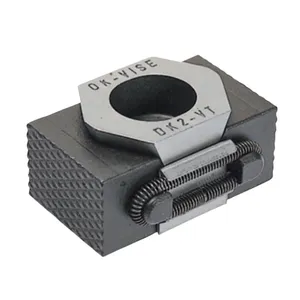


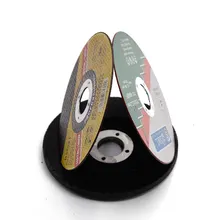
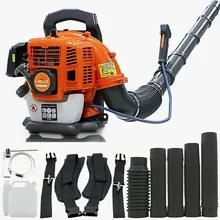



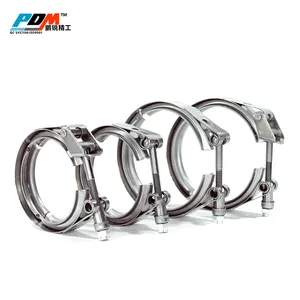


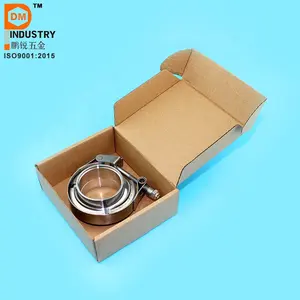
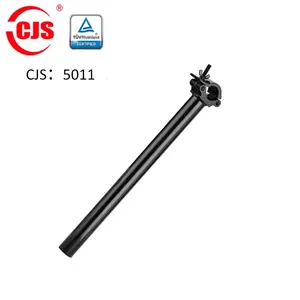
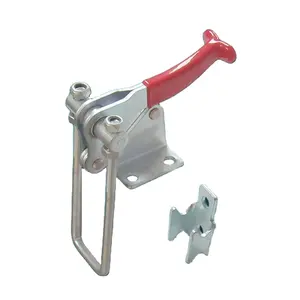

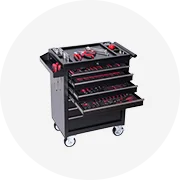

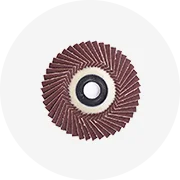




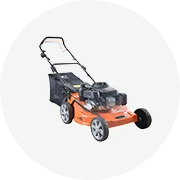
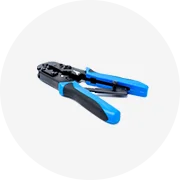



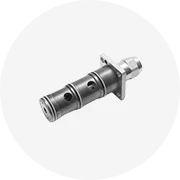
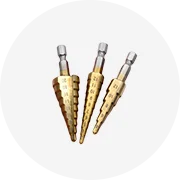









 浙公网安备 33010002000092号
浙公网安备 33010002000092号 浙B2-20120091-4
浙B2-20120091-4